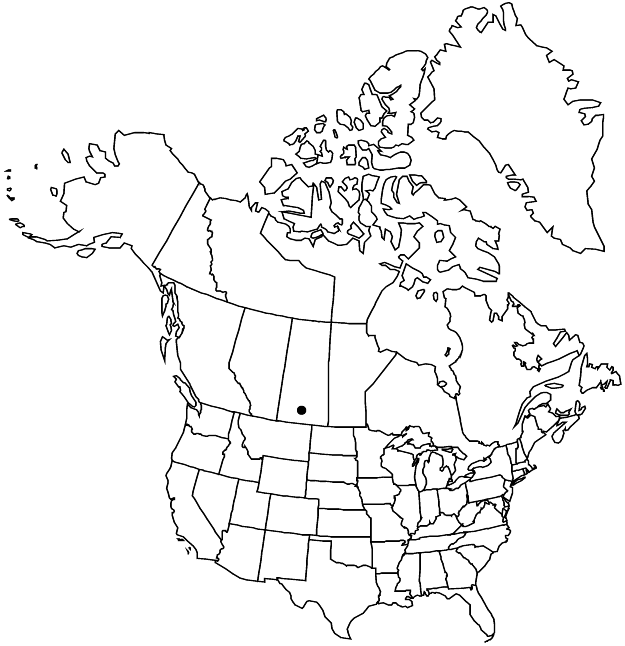Difference between revisions of "Silene sibirica"
Syn. Pl. 1: 497. 1805.
FNA>Volume Importer |
FNA>Volume Importer |
||
| Line 8: | Line 8: | ||
}} | }} | ||
|common_names=Siberian catchfly | |common_names=Siberian catchfly | ||
| − | |basionyms={{Treatment/ID/ | + | |basionyms={{Treatment/ID/Basionym |
|name=Cucubalus sibiricus | |name=Cucubalus sibiricus | ||
|authority=Linnaeus | |authority=Linnaeus | ||
| + | |publication_title=Syst. Nat. ed. | ||
| + | |publication_place=10, 2: 1031. 1759 | ||
}} | }} | ||
|synonyms= | |synonyms= | ||
| Line 52: | Line 54: | ||
|publication year=1805 | |publication year=1805 | ||
|special status= | |special status= | ||
| − | |source xml=https://jpend@bitbucket.org/aafc-mbb/fna-data-curation.git/src/ | + | |source xml=https://jpend@bitbucket.org/aafc-mbb/fna-data-curation.git/src/f6b125a955440c0872999024f038d74684f65921/coarse_grained_fna_xml/V5/V5_420.xml |
|subfamily=Caryophyllaceae subfam. Caryophylloideae | |subfamily=Caryophyllaceae subfam. Caryophylloideae | ||
|genus=Silene | |genus=Silene | ||
Revision as of 21:08, 24 September 2019
Plants perennial, producing several decumbent, short, woody, underground shoots bearing perennating buds and terminated by erect flowering shoots; taproot stout, woody; caudex crown branched. Stems simple but with short axillary leafy shoots, leafy, 40–60 cm, glossy, ± glabrous, with 10–20 nodes proximal to inflorescence. Leaves: basal withered at time of flowering; cauline whorled, appearing fasciculate (more than 4) at each node, connate at base, reduced distally, tapered at both ends, blade linear to very narrowly elliptic-lanceolate, 0.5–8 cm × 1–12 mm, base broadened, margins scabrous, apex acute, subglabrous to minutely puberulent on both surfaces. Inflorescences thyrsate, verticillate, open, with many short, ascending branches bearing large numbers of small, unisexual flowers, bracteate; bracts connate basally, triangular, 2–10 mm, margins finely ciliate, apex acuminate. Pedicels ascending, straight, fasciculate, wiry, ± equaling calyx, glabrous or sparsely and minutely puberulent. Flowers mostly unisexual; calyx pale green, indistinctly 10-veined, elliptic, constricted near base, umbilicate, ca. 5 × 2 mm, lobes with thickened midrib, ovate-obtuse, 0.2 mm, margins crenate, membranous; corolla greenish white, clawed, claw and limb not differentiated, narrowly oblong, unlobed, less than 2 times length of calyx, appendages absent; stamens exserted, longer than corolla; styles 3, exserted, longer than corolla. Capsules green, ovoid-conic, longer than calyx, opening by 6 teeth; carpophore shorter than 1 mm. Seeds brown, winged, reniform, ca. 1 mm, faces with shallow radiating ridges.
Phenology: Flowering summer.
Habitat: Arable land, pastures, roadsides, sand dunes
Elevation: 300-500 m
Distribution

Sask., Europe (Ukraine), Asia (Mongolia).
Discussion
Silene sibirica is a very distinct species with masses of small flowers on stiffly erect stems, and narrow, fascicled leaves. It was abundant and persisted for a number of years in the 1950s near Duck Lake and Bladworth in central Saskatchewan.
Selected References
None.